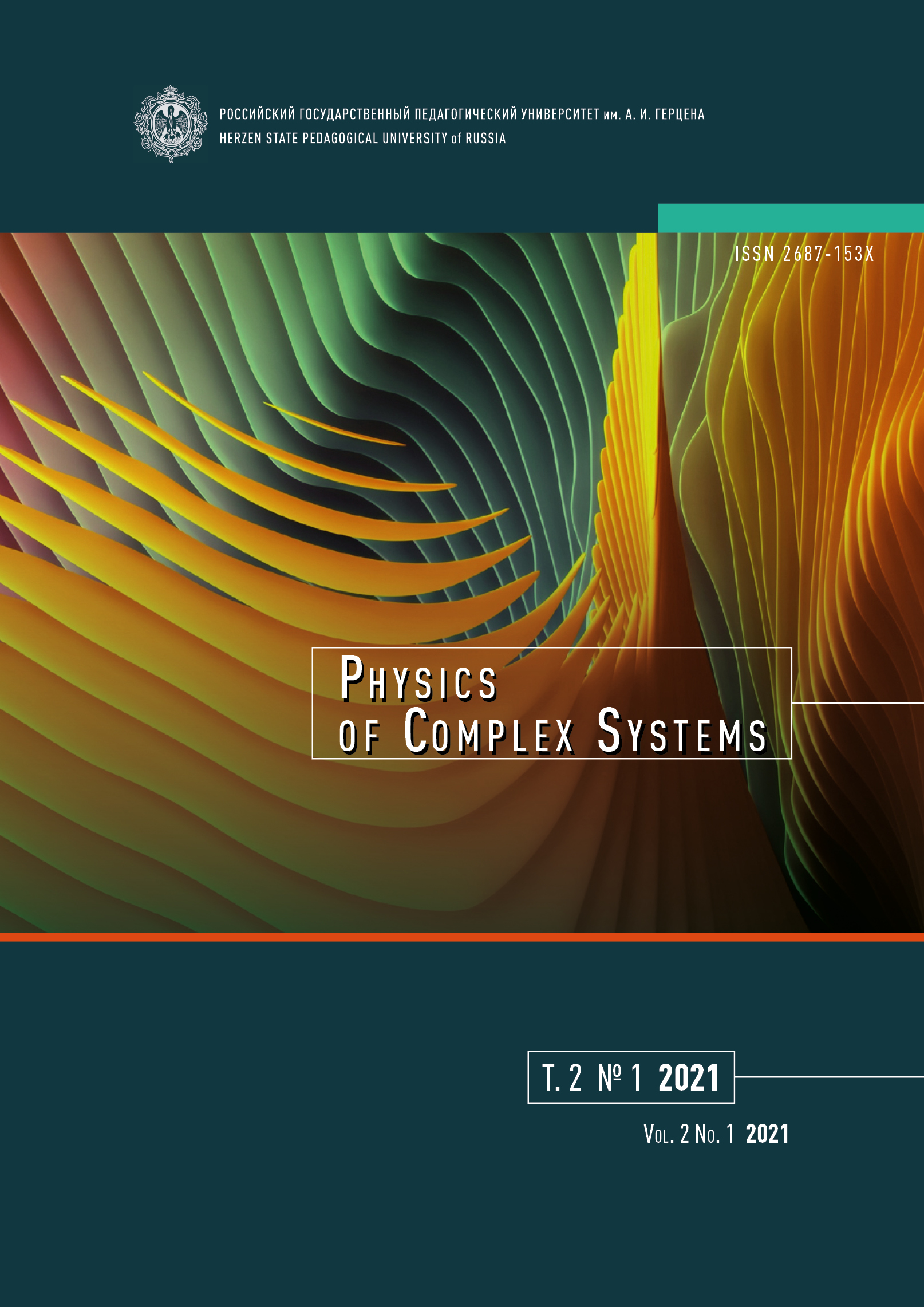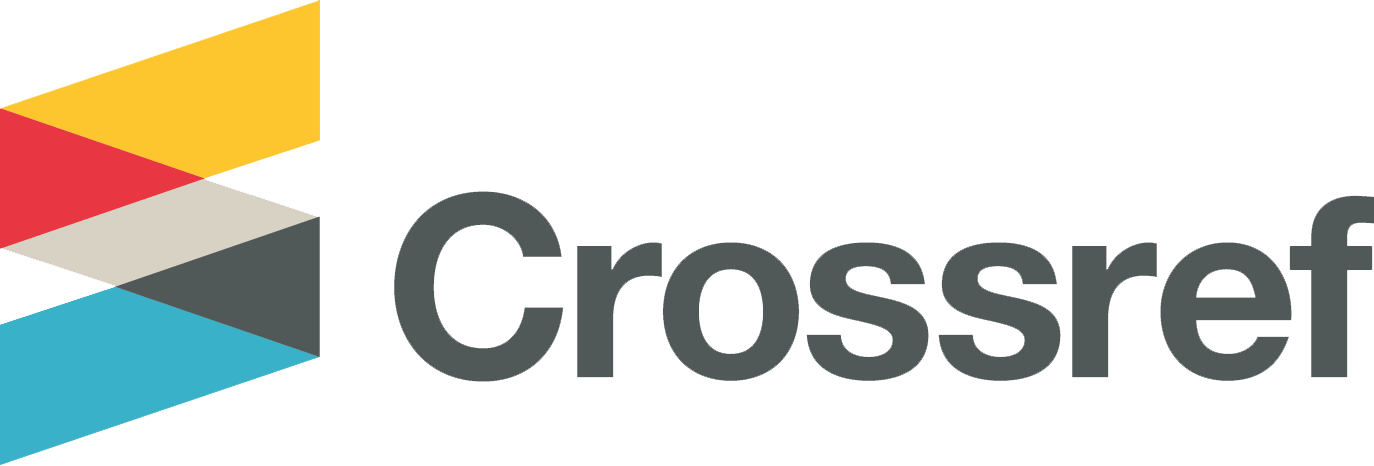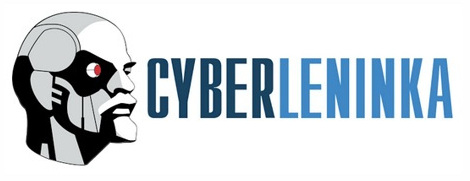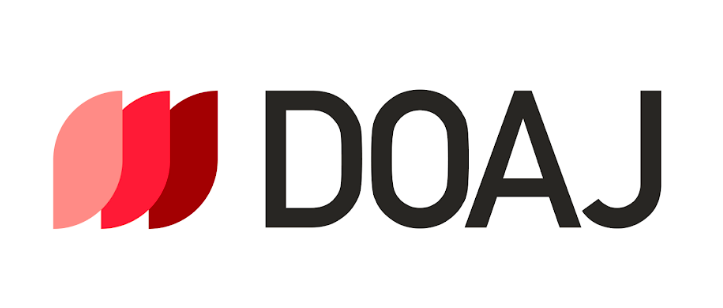Relaxation of the dielectric response in thin films of vanadium dioxide
DOI:
https://doi.org/10.33910/2687-153X-2021-2-1-15-24Keywords:
dielectric response, thin films, vanadium dioxide, distribution of relaxors, relaxation time distribution functionAbstract
The results of studying the processes of dielectric relaxation in thin nanocrystalline films of vanadium dioxide are presented. The existence of a non-Debye relaxation process was revealed, which is due to the presence of a distribution of relaxators over relaxation times according to the Cole-Davidson model. The activation energy of the dielectric relaxation process was found to be Ep = (0.9 ± 0.1) eV. The observed regularities are explained by a model which views the system as a set of relaxators whose physical parameters have different numerical values due to the Gaussian size distribution of nanocrystallites of the VO2 film. The temperature change in the parameters of the dielectric relaxation process, detected at T = 340 K, indicates that a complex Mott-Peierls semiconductor-metal phase transition occurs at a given temperature in the VO2 nanocrystalline film.
References
Apinyan, V., Kopeć, T. K. (2015) Probing phase coherence via density of states for strongly correlated excitons. Journal of Low Temperature Physics, 178, 295–330. https://www.doi.org/10.1007/s10909-014-1264-8 (In English)
Castro, R. A., Ignatiev, A. I., Nikonorov, N. V. et al. (2017) Dielectric properties of silver-containing photo-thermo-refractive glass in temperature range of – 50 to + 250 °C: The role of hybrid molecular clusters. Journal of Non- Crystalline Solids, 461, 72–79. https://www.doi.org/10.1016/j.jnoncrysol.2017.01.041 (In English)
Havriliak, S., Negami, S. (1967) A complex plane representation of dielectric and mechanical relaxation processes in some polymers. Polymer, 8, 161–210. https://www.doi.org/10.1016/0032-3861(67)90021-3 (In English)
Ilinskii, A. V., Castro, R. A., Pashkevich, M. Ye., Shadrin, E. B. (2020) Dielectric spectroscopy and features of the mechanism of the semiconductor–metal phase transition in VO2 films. Semiconductors, 54 (2), 205–211. https://www.doi.org/10.1134/S1063782620020116 (In English)
Il’inskii, A. V., Kastro, R. A., Nikulin, E. I., Shadrin, E. B. (2018) Dielectric spectroscopy of strongly correlated electronic states of vanadium dioxide. Technical Physics, 63 (6), 851–856. https://www.doi.org/10.1134/ S1063784218060129 (In English)
Ilinskii, A. V., Kvashenkina, O. E., Shadrin, E. B. (2012) Phase transition and correlation effects in vanadium dioxide. Semiconductors, 46 (4), 422–429. https://www.doi.org/10.1134/S1063782612040094 (In English)
Ilinskiy, A. V., Nikulin, E. I., Shadrin, E. B. (2020) Comparative analysis of semiconductor-metal phase transition mechanisms in vanadium oxides (V2O3 and VO2). Physics of Complex Systems, 1 (3), 113–122. https://www.doi. org/10.33910/2687-153X-2020-1-3-113-122 (In English)
Schönhals, A., Kremer, F. (2012) Analysis of dielectric spectra. In: Kremer, F., Schönhals, A. (eds.). Broadband dielectric spectroscopy. Berlin; Heidelberg: Springer Publ., pp. 59–98. https://doi.org/10.1007/978-3-642-56120-7_3 (In English)
Oleinik, A. C. (2004) Plenki dioksida vanadiya v ustrojstvakh indikatornoj tekhniki i mikroelektroniki [Vanadium dioxide films in display equipment and microelectronics]. Extended abstract of the PhD dissertation (Technical Science). Saratov, Yuri Gagarin State Technical University of Saratov, 34 p. (In Russian)
Zyryanova, K. S., Kastro, R. A., Pshenova, A. S. et al. (2017) Dielectric properties of silver-doped nanoporous silicate glasses in the temperature range between –50 and +250°C. Glass Physics and Chemistry, 43 (3), 207–214. https://www.doi.org/10.1134/S1087659617030142 (In English)
Downloads
Published
Issue
Section
License
Copyright (c) 2021 Rene Alejandro Castro Arata, Aleksandr V. Ilinskiy, Marina E. Pashkevich, Lydia M. Smirnova, Evgeniy B. Shadrin

This work is licensed under a Creative Commons Attribution-NonCommercial 4.0 International License.
The work is provided under the terms of the Public Offer and of Creative Commons public license Creative Commons Attribution 4.0 International (CC BY 4.0).
This license permits an unlimited number of users to copy and redistribute the material in any medium or format, and to remix, transform, and build upon the material for any purpose, including commercial use.
This license retains copyright for the authors but allows others to freely distribute, use, and adapt the work, on the mandatory condition that appropriate credit is given. Users must provide a correct link to the original publication in our journal, cite the authors' names, and indicate if any changes were made.
Copyright remains with the authors. The CC BY 4.0 license does not transfer rights to third parties but rather grants users prior permission for use, provided the attribution condition is met. Any use of the work will be governed by the terms of this license.







